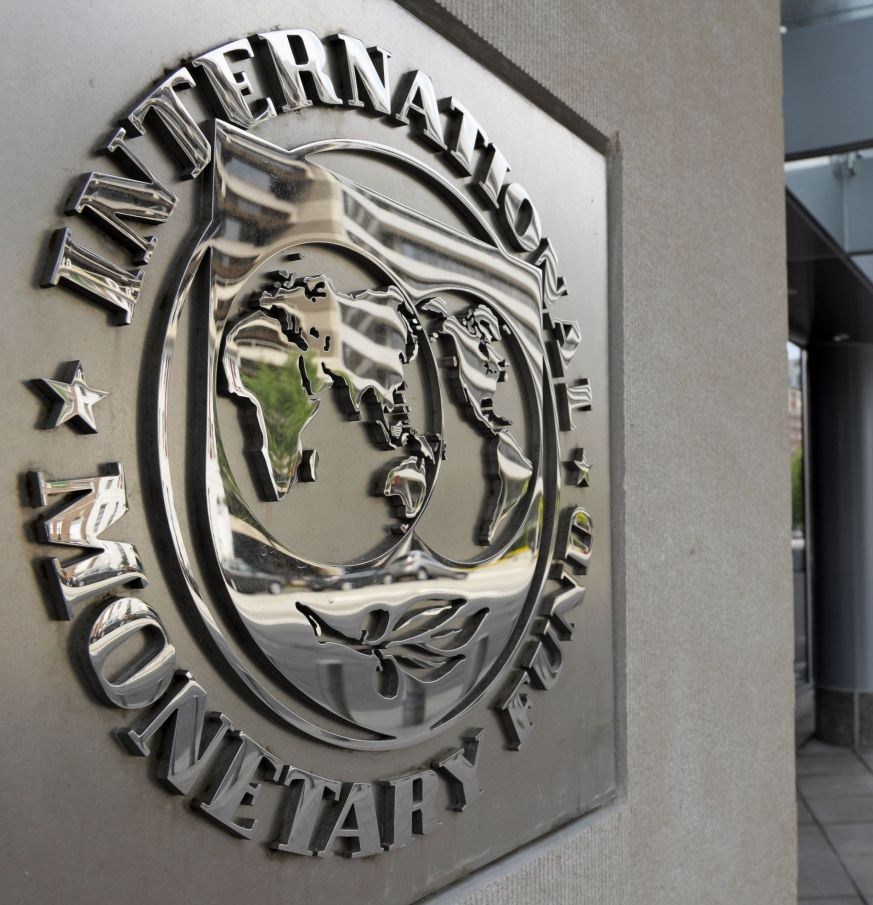When Guyana begins receiving its oil revenues, there will be a great deal of interest to spend on projects that close the infrastructural gaps. But given its inherent capacity issues, the authorities must be careful not to ramp up spending too fast least it runs the risk of “getting caught up in white elephants and bad spending” says IMF Mission Chief to Guyana, Andrew McIntyre.
During a recent discussion with Caribbean Economist and Advisor, Marla Dukharan, the official advised that Guyana should give itself time to build capacity through the use of CARICOM and other foreign expertise while it seeks to address the needs of the people.
The IMF official said, “When you look at the path of spending of not just Guyana but other oil countries, a lot of it goes into public investment, closing infrastructure gaps. Guyana is a very large country and there is a lot of difficulty in the connectivity between the hinterland and the coast …So the transportation networks and the electricity supply, these things (attract) large investments.”
Considering this, McIntyre stressed that the public investment management function will be key. Further to this, the official noted that in 2017, a number of recommendations were made to Guyana on how to strengthen the said function.
In this regard, McIntyre said, “Government is working on that now and one of them is by 2020, they should have a transparent, rules-based fiscal framework that clearly spells out targets for capital spending. Then they should publish a policy for public-private partnerships etc. But the key issue is transparency and evidence-based investment decisions.”
He also stressed that Guyana has to employ a rigourous cost-benefit analysis that would ensure it selects projects that are needed and not those that are merely wanted.













